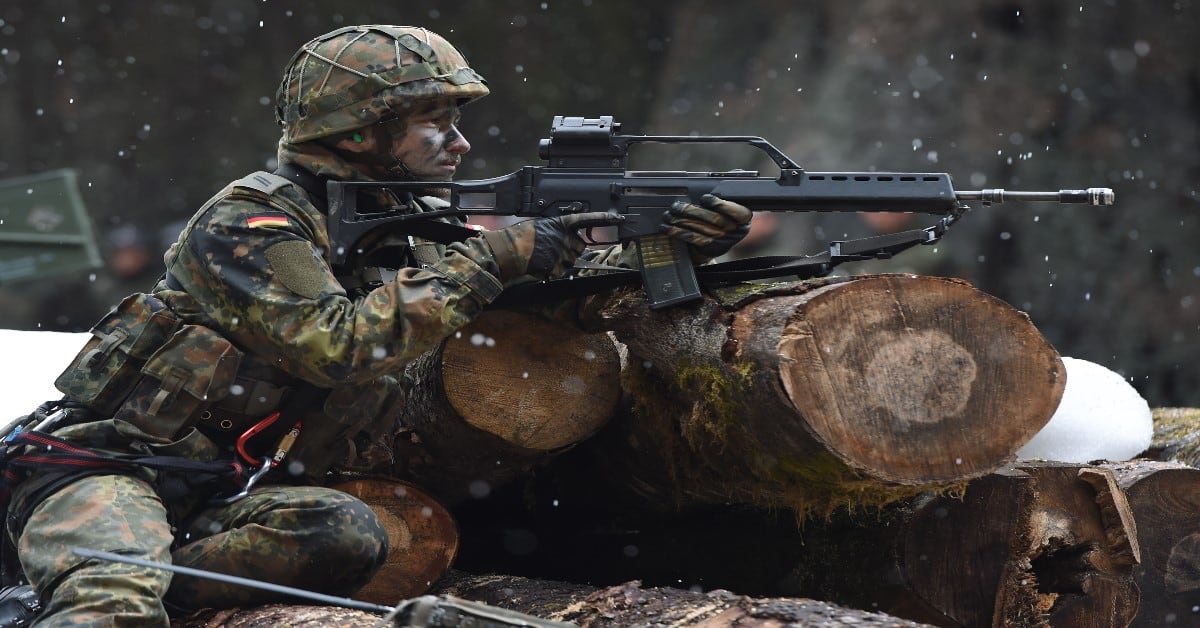The Pentagon is reportedly analyzing the costs and repercussions associated with a “large-scale withdrawal” or a “transfer of American troops stationed in Germany,” the Washington Post reported Friday.
The Post’s report was based on interviews with U.S. officials who spoke on the condition of anonymity, but who are reportedly familiar with the assessment.
The U.S. officials emphasized that the assessment is an analysis exercise and is currently limited to exploring options internally.
Top military leaders are not involved, and the Pentagon has not been tasked with taking steps to execute any option, according to the Post.
RELATED

A National Security Council spokesman said in a statement that the NSC had not requested an analysis of moving troops around in Germany. However, “the Pentagon continuously evaluates U.S. troop deployments,” the statement to the Post said, and “analysis exercises” are “not out of the norm.”
Officials who spoke with the Post said Pentagon officials may have conducted the assessment to prove that the current level of troop placement is worthwhile, and to dissuade President Donald Trump from further considering a withdrawal.
The report comes amid escalating tensions between Trump and German Chancellor Angela Merkel.

The reported assessment is also being conducted after Trump expressed interest in removing U.S. troops during a meeting earlier this year with White House and military aides, according to the Post’s sources.
Trump was reportedly alarmed at the size of the U.S. force in Germany, which includes more than 34,000 active-duty troops, according to a March 2018 assessment by the Defense Department.
Trump has been one of the many people who have complained that some countries within the NATO coalition have not been fairly contributing to joint security on the European continent.
Eric Pahon, a Pentagon spokesman, dismissed the idea of a full or partial withdrawal from Germany and said these analyses are routine in nature.
“The Pentagon regularly reviews force posture and performs cost-benefit analyses,” Pahon said in a statement to the Post. “This is nothing new. Germany is host to the largest U.S. force presence in Europe — we remain deeply rooted in the common values and strong relationships between our countries. We remain fully committed to our NATO ally and the NATO alliance.”
Other NATO member-states have been encouraging greater U.S. involvement in Europe recently. Poland is reportedly willing to provide financial backing to the tune of $2 billion to host a U.S. armored division.
Additionally, the U.S. Air Force recently began flying unarmed MQ-9 Reaper drones from Miroslawiec Air Base, Poland, in May.
Kyle Rempfer was an editor and reporter who has covered combat operations, criminal cases, foreign military assistance and training accidents. Before entering journalism, Kyle served in U.S. Air Force Special Tactics and deployed in 2014 to Paktika Province, Afghanistan, and Baghdad, Iraq.




